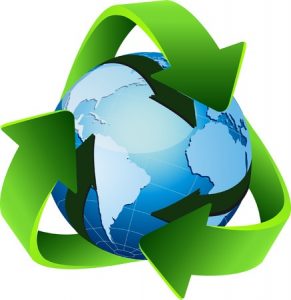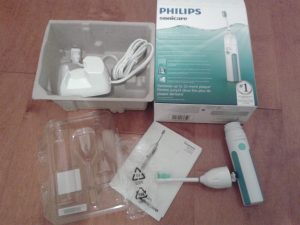 Generally, we tend to think of corporations in a negative light when it comes to the environment. One could even say that corporations are environmentally irresponsible.
Generally, we tend to think of corporations in a negative light when it comes to the environment. One could even say that corporations are environmentally irresponsible.
There would be no shortage of examples from mining, the oil and gas industry, to plastic containers that get tossed, and food companies where waste goes directly into the garbage. One problem in our single use society, is packaging, whether used for the food we eat or products we buy. However, corporations are making a difference.
Food Packaging
McDonald’s made the move towards Eco-friendly packaging back in 1990. At that time McDonald’s moved from its extruded polystyrene (often called Styrofoam) “clam-shell” containers to food-grade cardboard. In 2013 under a shareholder resolution, McDonald’s then moved to paper coffee cups, thereby eliminating its use of polystyrene.
Starbucks also uses cardboard sleeves and paper cups, which for the most part are biodegradable. Though their plastic lids are still No. 6, which is still not recyclable in many areas. The Japanese fast-food place I get dinner before my night shifts, now uses corn-starch food containers instead of polystyrene.
The cafeteria at my work, owned by a multi-national I might add, is also addressing waste management. Compost and other recyclable products can now be separated from regular garbage. They replaced the polystyrene plates with regular dish plates, and they are also using corn-starch cutlery instead of plastic.
All of these moves towards eco-friendly containers and waste management, is a step in the right direction. With the volume of garbage reduced, it only helps to keep less trash out of landfills. That’s a plus for the environment!
Product Packaging
One area that is sorely lacking environmental stewardship, is product packaging. There is a massive amount of non-recyclable plastic packaging that is still used in almost all of the products we buy. You know, that thin hard plastic you need to cut-off to get to the product.
Almost everything we buy seems to come shipped and form-wrapped in that plastic. All of this plastic not only uses a lot of petroleum and energy in its production, it’s also non-recyclable. That’s right all that plastic ends up buried in landfills along with regular household garbage. The problem is, plastic doesn’t decompose. In this case a simple shift from non-recyclable plastic to recyclable plastics is the answer.
Eco-Friendly Packaging

Sonicare Eco-friendly packaging is all recyclable.
So I was pleasantly surprised, when I purchased my new Sonicare toothbrush made by Philips (see pic right). I found all the packaging was eco-friendly. The outer box of course is just regular cardboard, which is recyclable. The inside tray was also made of cardboard, which looks like recycled cardboard of some type. And the plastic container is No.1 recyclable. Even the baggie holding the travel case had a big No. 4 recycle symbol on it. Although I wasn’t planning to throw out the container, as the toothbrush is under warranty, I was still impressed. Here is a manufacturer making a genuine effort to ship its product in eco-friendly packaging. Good on Philips for making that choice!
So, if Philips can ship its Sonicare toothbrush in eco-friendly packaging, why can’t the rest of the companies out there do the same?